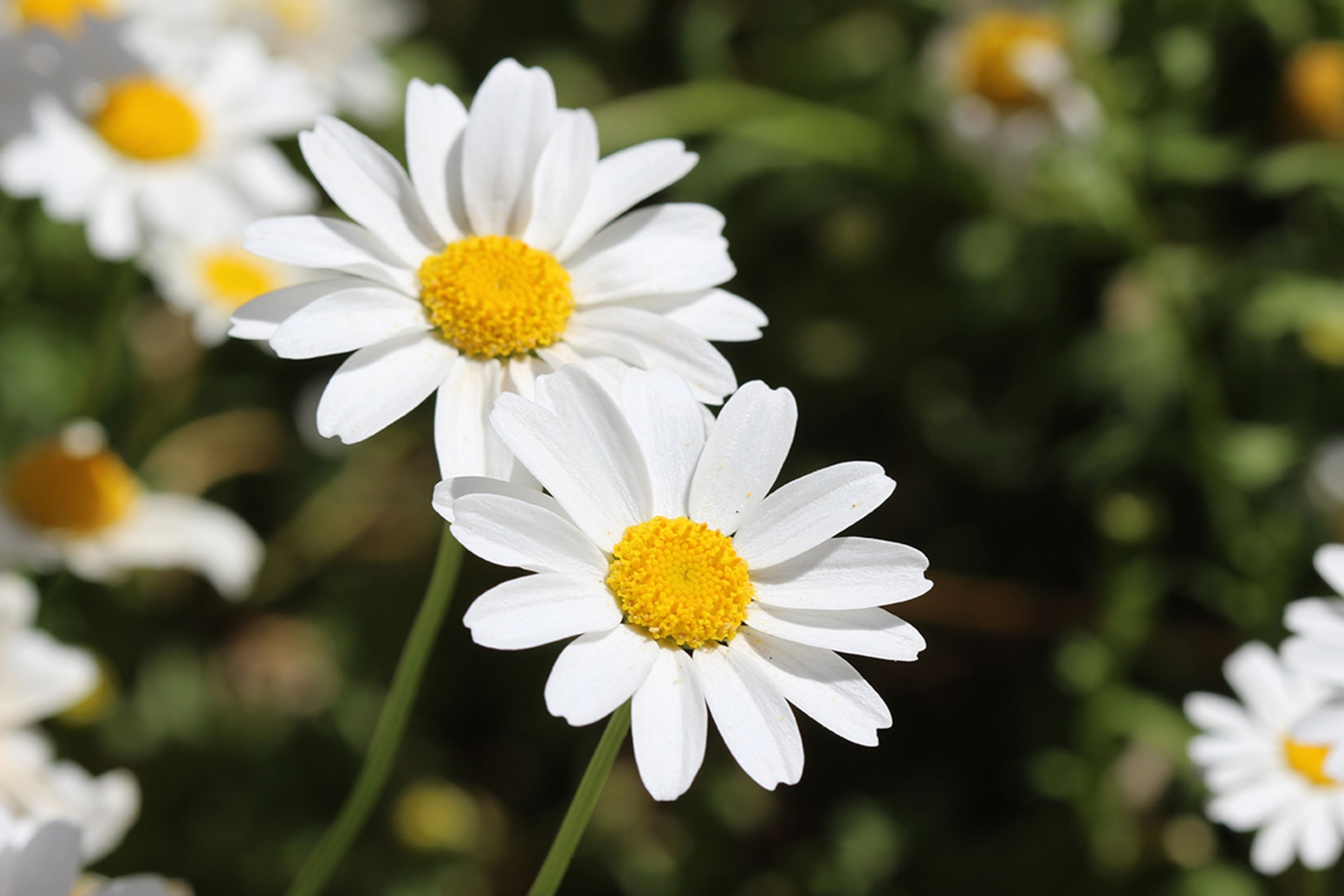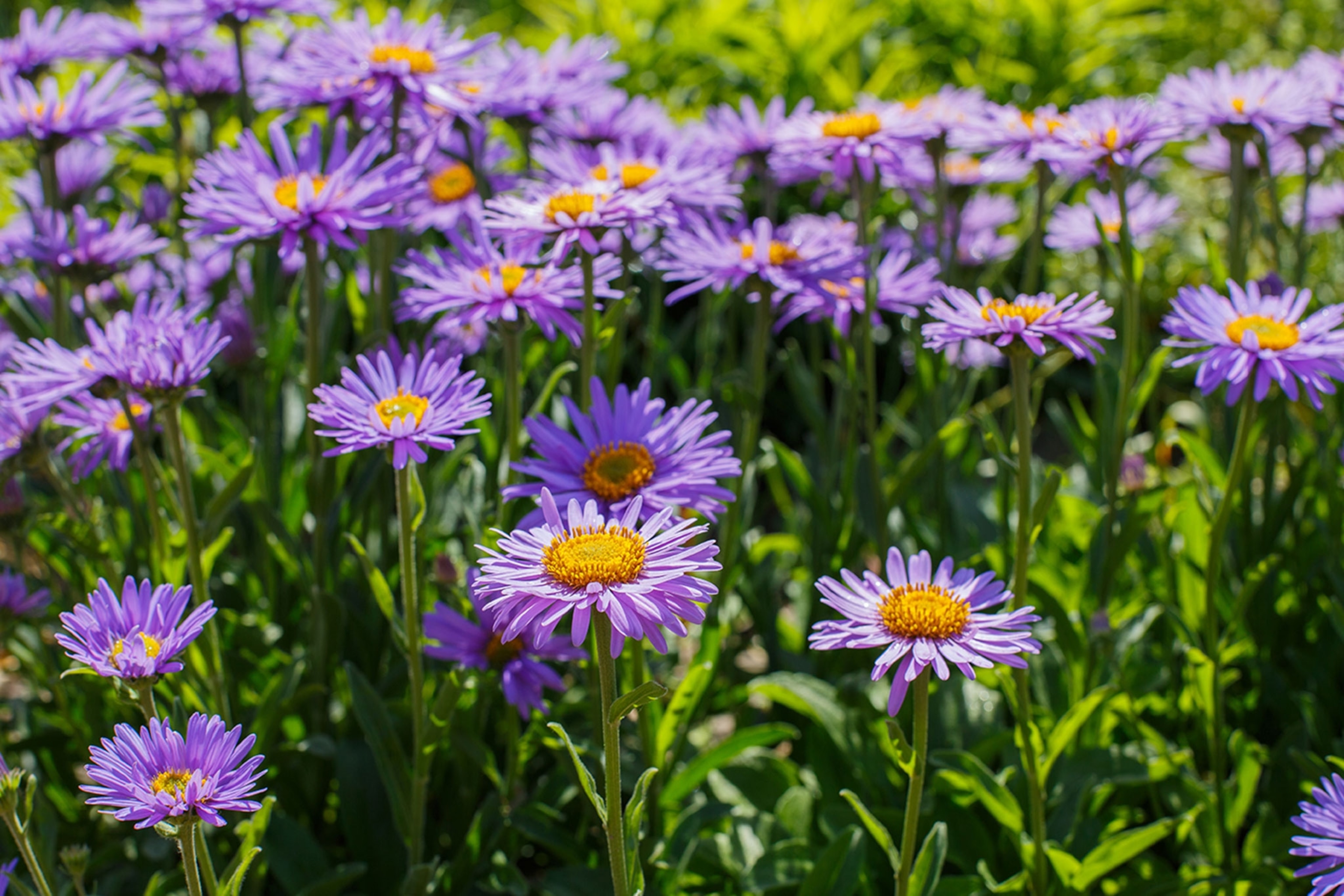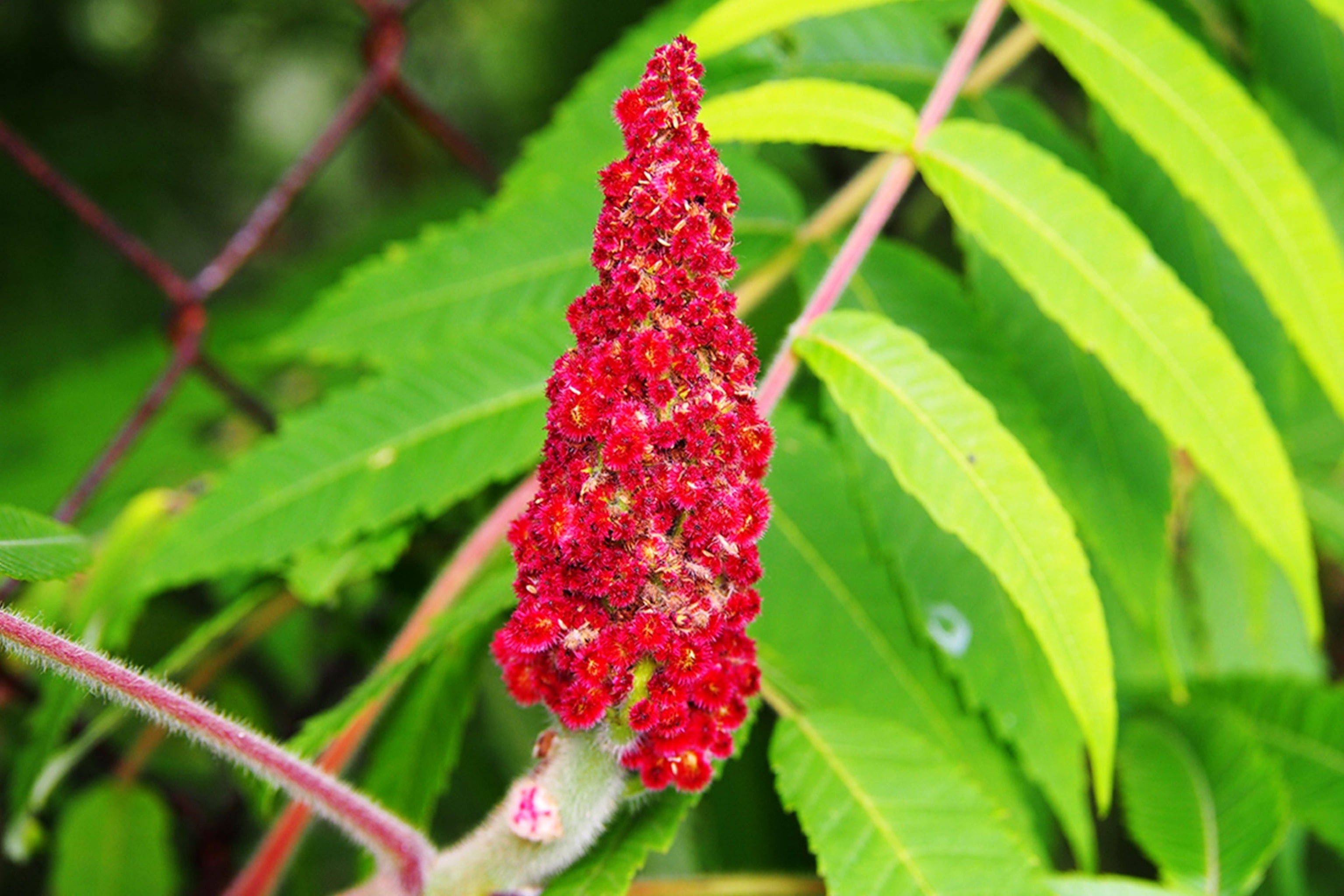Top 10 Plants to Attract Songbirds
Invite beautiful birds into your yard or garden.
Ideally, the best plants and flowers for attracting songbirds furnish edible seeds or fruit and possibly nestbuilding materials. It’s best to opt for hardy perennials native to your region, which should thrive in most gardens. To get a better idea of what you should plant in your yard to attract wildlife, read National Geographic Birds, Bees & Butterflies.
Sunflower (Helianthus spp.)

The king of seed flowers. Plant this easy-to-grow annual in full sun near windows where you can watch songbirds fuel up for migration.
Coneflower (Echinacea spp.)

This hardy perennial boasts long-lasting blooms on tall stalks. The bristly seeds are a favorite of birds and butterflies.
Cornflower (Centaurea cyanus)

The seeds, nectar, pollen, sap, and foliage of cornflowers (also known as bachelor’s buttons) nourish birds, bees, and butterflies.
Black-Eyed Susan (Rudbeckia hirta)

Long blooming and easy to grow, these perennials blend well with other seed-bearers such as coneflowers and asters.
Daisy (Bellis perennis)

Garden favorites, cheerful daisies form nutritious seeds that are vital winter fare for finches, sparrows, cardinals, and towhees.
Aster (Symphotrichum spp.)

These fall bloomers—in purple, pink, blue, or white—are perfect for those who desire a garden of staggered seed-bearing plants.
Marigold (Tagetes SPP.)

Many birds eat the dried seeds of these pungent annuals, but some, including grackles and crows, tear apart the orange blooms.
Virginia Creeper (Parthenocissus quinquefolia)

The fruit of this vine is an important food source for winter birds, such as mockingbirds, nuthatches, woodpeckers, and blue jays.
Elderberry (Sambucus canadensis)

This versatile shrub sustains many bird species, including brown thrashers and red-eyed vireos, with its dark blue fruit.
Staghorn Sumac (Rhus typhina)

This shrub furnishes autumn and winter fruit to robins, thrushes, catbirds, cardinals, chickadees, and starlings.
Photographs by Shutterstock.